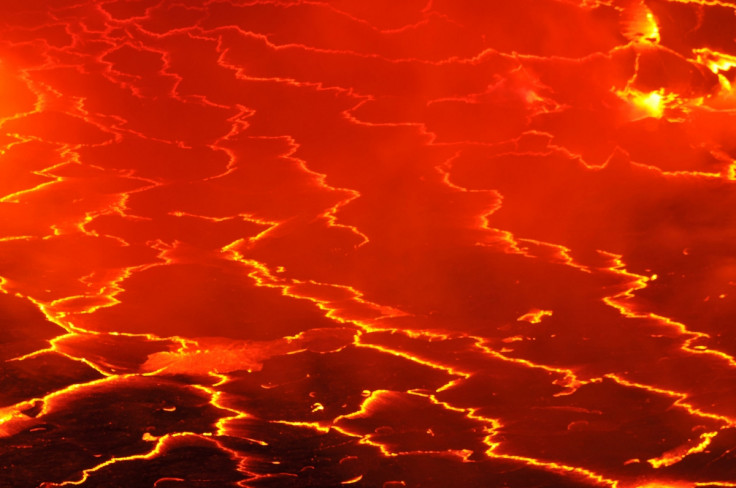Earth's mantle moves ten times faster than previously thought

Convection currents in the Earth's mantle move faster than previously believed, say researchers. A study found the fast, chaotic movement of magma in the mantle causes Earth's surface to bob up and down by as much as 5km over the course of millions of years.
"For the past 30 years, scientists have only been able to predict what the convection currents look like," Mark Hoggard, lead author of the research, told IBTimes UK. "Over a five- to ten-million-year period, the surface can move up to 5km."
These convection currents instigate the formation volcanoes, mountains and islands. They also force the surface upwards or downwards depending on the strength of the current.
Researchers from the University of Cambridge are the first to map the magma flow within the mantle. The researchers used more than 2,100 measurements of ocean depth to find how the mantle's currents move.
"There are lots of things that change the depth of the ocean," said Hoggard. "When you remove all other factors, you can look at mantle currents on its own. From that, you can see how the currents move."
The results, published in Nature Geoscience, show the convection currents in the mantle move faster than previously believed. Past predictions suggested these currents were around 10,000km from top to bottom. However, the researcher's observations suggest that number should be much closer to 1,000km.
There is more power in the shorter currents, meaning they move quicker than past predictions. "The surface of the Earth evolves much quicker when the currents move faster," said Hoggard.
Movement of the surface has implications for ocean circulation. "For example, the Gulf Stream runs from Mexico to the North Atlantic, and comes back on itself deeper in the water. But, when the topography of the surface is higher, it blocks off the Gulf Stream," Hoggard said.
"Considering that the surface is moving much faster than we had previously thought, it could also affect things like the stability of the ice caps and help us to understand past climate change."
© Copyright IBTimes 2025. All rights reserved.






















